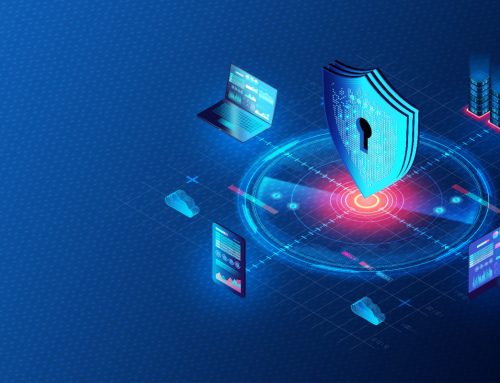As cyber threats evolve, you need to implement advanced security measures beyond traditional prevention methods. One emerging technology that is becoming a critical component of modern cybersecurity stacks is deception technology.
What is deception?
Deception technology refers to solutions that create confusion and uncertainty for attackers by deploying decoys and lures designed to derail attacks.
The core idea is to trick adversaries into engaging with fake assets rather than production systems. Since legitimate users would never access deceptive assets, any interaction triggers an alert, providing high-fidelity threat detection without false positives.
Deception lets you gain the upper hand against attackers through obfuscation and misdirection techniques. With decoys and lures, you can create confusion and uncertainty at every stage of the attack lifecycle.
Deception for cybersecurity
With deception, organisations can shift from reactive to proactive security. Attackers typically spend time harvesting credentials, conducting surveillance, and moving laterally through networks to achieve their objectives.
Deception technology hides production data like credentials and sensitive information, creating a minefield of misdirection.
Deploying decoys that mirror real operating systems, applications, and data makes it extremely difficult for attackers to differentiate between deception and production assets.
Attempting to access or scan deceptive objects immediately signals a threat. Deception alerts provide detailed intelligence to analyse threats, unlike traditional tools plagued by false positives.
Research shows deception reduces dwell time and data breach costs substantially. Deception is simpler to deploy than traditional controls and lowers SOC analyst costs by 32% due to investigation efficiencies.
Deception with SentinelOne Singularity XDR
The SentinelOne Singularity XDR platform utilises deception for identity and network security. Fully customisable virtual machine decoys imitate production assets like Windows/Linux servers and IoT/SCADA devices. Singularity Hologram projects thousands of decoys throughout networks for early threat detection.
Singularity Identity hides sensitive Active Directory objects, returning deceptive lures instead. It identifies credential exposures to eliminate lateral movement risks. Deflect redirects attacks targeting production ports/services into the deception environment.
When attackers engage in deceptions, Singularity logs forensic data like command-and-control traffic for a response. DecoyDocs create deceptive files that notify teams if improperly accessed or exfiltrated. Overall, Singularity XDR leverages deception as a force multiplier, reducing complexity while accelerating response.
Summary
By deceiving and misleading attackers, you can gain the upper hand to detect threats early and arm yourself with intelligence to strengthen defences. Deception solutions like the Singularity XDR platform enhance security stacks to stop attacks proactively.





